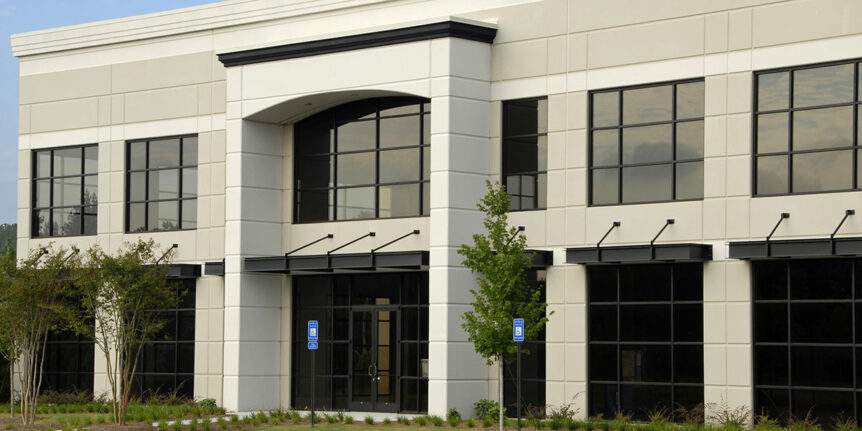Building managers, owners, and operators are finding ways to reduce operating costs for their unoccupied buildings while shelter in place orders for COVID-19 remain in effect for many areas. With these significant changes to building occupancy and facilities management, ERI has received questions about what energy management strategies should be considered. There are some simple actions that can be taken for unoccupied buildings as well as proactive energy management measures for when operations resume. Here are a few strategies that can be done remotely to cut energy costs.
1. Reduce your base load and peak demand. Use interval data to assess base load and variability as seen in daily or weekly load profiles. Meter data can be useful in a time like this to understand how much energy is still being consumed during the low- or non- occupied conditions relative to normal operation. For example, an unoccupied building will have a certain baseload due to essential systems such as emergency lighting and setback temperatures. However, this baseload should be reduced, and peak demand levels greatly reduced. The unoccupied modes of building automation systems may not be signaling all systems that can be adjusted during this time. Remote data analytics can help identify the systems to target.
2. Compare usage with weather patterns. As we approach the summer months, energy consumption will rise as buildings control the indoor air temperature. Unoccupied buildings should implement temperature setbacks and identify the minimal levels of HVAC systems operation necessary to maintain the building. For partially occupied buildings, controls optimization can be implemented to achieve a balance of comfort, energy use, and indoor air quality. For multiple buildings in a portfolio, benchmarking can be performed to assess energy usage intensity (EUI) with normalization for weather, occupancy, and building characteristics. This can be a valuable tool to identify which buildings to target first.
3. Conduct remote energy assessments. A remote assessment can utilize a screen share to review the current usage and building automation setpoints to identify immediate actions for reducing energy consumption. These strategies will vary depending on the building’s functions and occupancy. In less than an hour, various low or no-cost adjustments can be made to reduce costs and improve occupant health and safety. Permanent energy efficiency measures can also be identified during this time to develop an energy action plan that includes behavioral, controls, and equipment-level improvements.
If you have questions about additional energy management strategies for your building, please contact us at info@eripacific.cominfo@eripacific.com.

